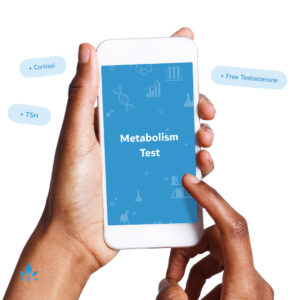Endometriosis Treatment


There is no cure for endometriosis. The treatment provided aims to reduce the severity of the symptoms and improve quality of life. The exact treatment offered will depend on the symptoms, patient age, fertility and priority of starting a family.
Broadly speaking, there are two types of treatment; medication and surgery.
Medication
If their endometriosis is causing pain, patients will be offered medication to ease this. Drugs such as non-steroidal anti-inflammatories (NSAIDs) and paracetamol may help to ease painful menstrual cramps.
Some patients will be prescribed hormonal therapy to help alleviate their symptoms. The combined oral contraceptive pill and progestin therapies, such as the mirena coil, are used to reduce the buildup of endometrial tissue every month. They do this either by preventing monthly menstruation completely, or by making the menstrual flow a lot lighter and shorter. With fewer endometrial deposits, inflammation will be reduced and patients will experience less pain. Gonadotrophin-releasing hormone (GnRH) analogues and testosterone derivatives both block oestrogen production, essentially putting the body into a state of artificial menopause.
The problem with hormonal treatment is that it will not help to improve fertility, quite the reverse in fact. Most hormonal options cause the body to enter into a state of artificial pregnancy or menopause, thus preventing fertilisation and implantation. Therefore, this treatment is not suitable for those patients who are seeking help to conceive.
Surgery
The first line of treatment for women experiencing endometriosis-associated infertility is to undergo a laparoscopy, a surgical process where a camera is inserted through the abdomen in order to examine the underlying organs. This is classed as conservative surgery. Used in the first instance for diagnosis, surgeons will attempt to remove accessible endometrial deposits at the same time. This treatment is reasonably effective for patients with mild-moderate endometriosis. The drawback is that there is a high recurrence rate, so symptomatic relief may only be temporary.
It is believed that between 5 and 20% of women with endometriosis will get recurrence of symptoms each year, probably due to further endometrial deposits forming. A year after surgery, 45% of women are likely to report that they are experiencing pain again.
More radical surgery involves removal of the uterus (hysterectomy) and/or ovaries (oophorectomy). Removing the ovaries causes an instant and irreversible menopause and is thus only suitable for women who are not planning on having children.
Optimal treatment strategies for endometriosis will generally incorporate a multidisciplinary approach, with a view to treating both the physical and psychological effects of the condition.
Nabta is reshaping women’s healthcare. We support women with their personal health journeys, from everyday wellbeing to the uniquely female experiences of fertility, pregnancy, and menopause.
Get in touch if you have any questions about this article or any aspect of women’s health. We’re here for you.
Sources:
- Bulletti, C, et al. “Endometriosis and Infertility.” Journal of Assisted Reproduction and Genetics, vol. 27, no. 8, 25 June 2010, pp. 441–447., doi: 10.1007/s10815-010-9436-1.
- D’Hooghe, T, and L Hummelshoj . “Multi-Disciplinary Centres/Networks of Excellence for Endometriosis Management and Research: a Proposal.” Human Reproduction, vol. 21, no. 11, Nov. 2006, pp. 2743–2748., doi:10.1093/humrep/del123.
- Endometriosis Treatment. Endometriosis UK, www.endometriosis-uk.org/endometriosis-treatment.
- Endometriosis. Mayo Clinic, 24 July 2018, https://www.mayoclinic.org/diseases-conditions/endometriosis/diagnosis-treatment/drc-20354661.












































